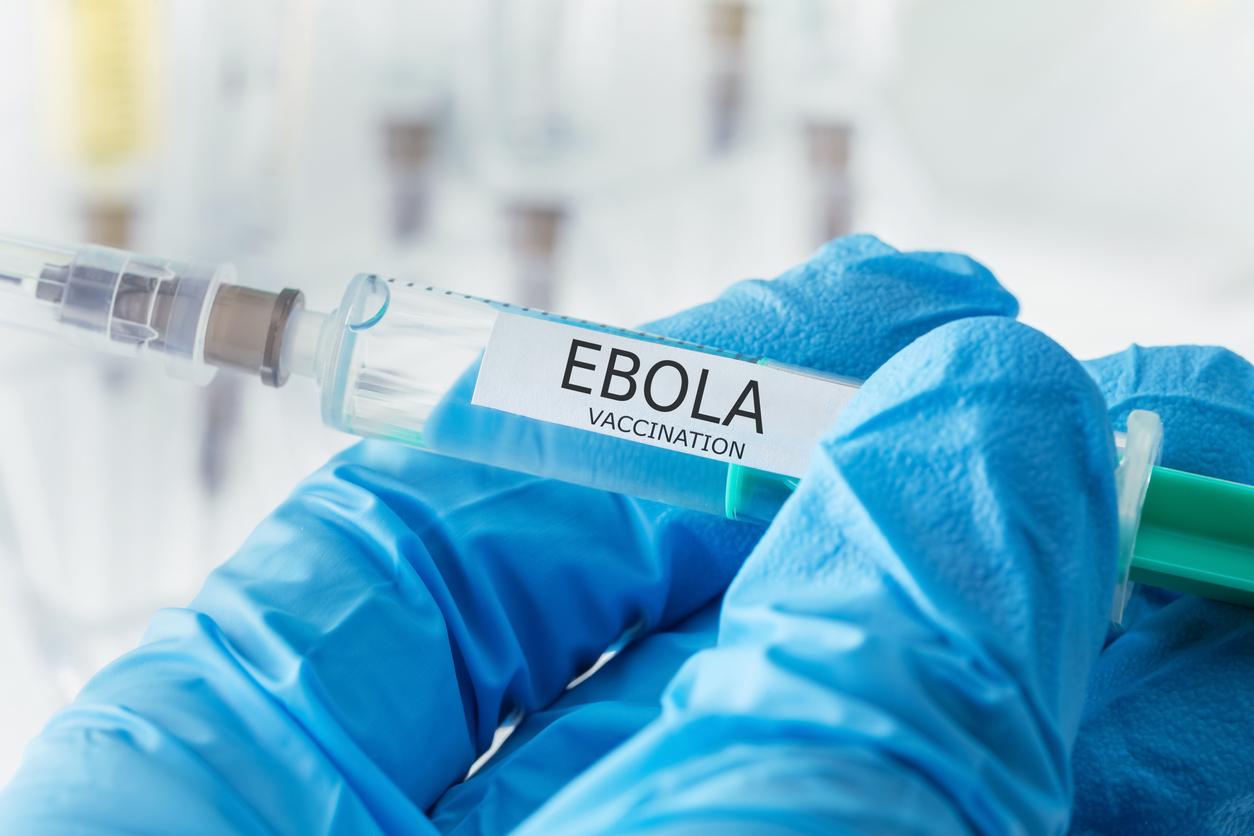“For the first time, we have succeeded in making mice completely resistant to the Ebola virus, its replication and the symptoms of the disease.” We are the virologists from the American Society for Microbiology (ASM), who have just brought a new ray of hope in the fight against hemorrhagic fever which has infected more than 27,000 people and which has made a total of 11,120 officially recorded deaths, mainly in these three West African countries (Guinea, Liberia and Sierra Leone).
According to these American researchers, the virus needs a protein called Niemann-Pick C1 (NPC1) to enter the body’s cells and infect it. Without this protein, Ebola cannot replicate.
“Our study reveals NPC1 to be an Achilles heel of the Ebola virus for infection of hosts,” said Kartik Chandran, assistant professor of microbiology and immunology at Yeshiva School of Medicine in New York, one of the authors of this discovery.
Mice were genetically engineered to block the production of this protein and the rodents were found to be “completely resistant” to the virus while the rodents in the test group all caught it.
American scientists have also found that this protein is important for transporting cholesterol into cells. Thus, people who do not produce it (due to a genetic defect) have the cells clogged with a build-up of cholesterol. But the researchers want to be reassuring: the new treatment that would block the protein to prevent the entry of the Ebola virus would be short-lived. So safe.
Read also :
Ebola: the hope of a Japanese treatment
Ebola: Liberia tests two vaccines
















